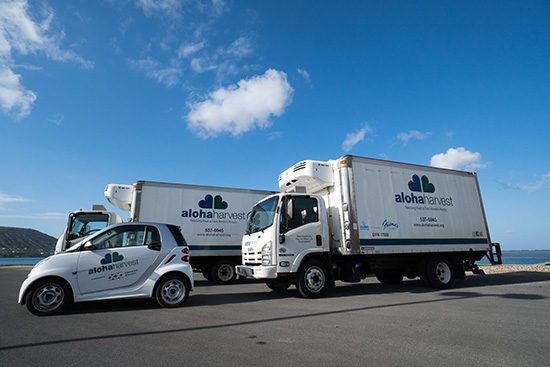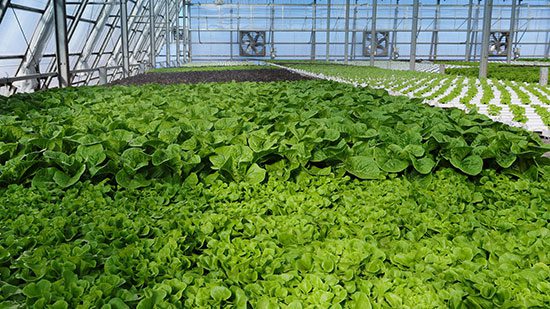
The Pacific American Foundation (PAF) issued a challenge to schools on the Windward side, including WCC, to help find or create solutions for the Kawa Stream, which is considered to be the most degraded stream in the area, and its watershed.
“It (the challenge) was inspired by UH President David Lassner and his challenge to students in Hawai‘i to ʻmake the Ala Wai Canal awesome again,’” said Herb Lee Jr, PAF executive director.
The near two and a half mile long stream flows through residential and commercial properties before running alongside the Bay View golf course and the Kāneʻohe Wastewater Treatment Plant and out into Kāneʻohe Bay near the Waikalua Loko Iʻa, an ancient Hawaiian fishpond currently being restored.
WCC, the Hawaiʻi Department of Education Castle Complex, UH Mānoa, the Hawaiʻi Institute of Marine Biology and Oceanit teamed up with the PAF to inspire students and community members to work together for a common local and global purpose and to mobilize a new generation of critical thinkers to find solutions to long-standing community problems that remain unresolved.
Finding a solution means reducing human-caused pollution to the Waikalua Loko I’a, Kāneʻohe Bay and its reefs. The stream originally flowed directly into the ancient fishpond but was diverted in the 1960s in the name of urban development. Today, it flows near the pond into Kāneʻohe Bay and is infested with invasive mangrove.
“Hopefully, someday, we want it (Kawa Stream) to follow back into the pond to bring fresh, non-polluted water into the pond,” Lee said.
By challenging students at Windward schools like King Intermediate, Castle High School, Ahuimanau Elementary and Heʻeia Elementary, scientists will be able to crowdsource ideas to find a solution that is desperately needed. Lee believes part of the solution is education.
“It is vital to the future of both the stream and bay and all bays and streams throughout the state that we take better care of our precious natural resources,” he said. “The solution lies in each of us to understand the importance of aloha ‘āina, so that we can implement better practices to mālama ‘āina or nurture these resources long-term.”
As temperatures around the world continue to soar, 2016 will go down as the hottest year in the history of the planet. Increases in ocean temperatures of 1.6 degrees Fahrenheit, increases in ocean acidification (too much carbon dioxide) and sea level rise have caused the depletion of precious corals in Kāneʻohe Bay and an overall change in the ecosystem.
Lee said the bay has experienced major environmental change to the reef and biota (animal and plant life) recently and has caused increasing alarm to scientists around the world. Changes include an outbreak of Montipora White Syndrome, a coral disease that can rapidly kill coral colonies, according to the United States Geological Survey.
In 2014, Kāneʻohe Bay was designated as a Marine GEO (Global Earth Observatory) Site by the Smithsonian Institute–one of only a handful in the world–to help inform global scientists about how we can take better care of our planet.
Solutions selected by students will be invited to be showcased at the PAF’s second annual student science conference, ʻImi Wai Ola, at the NOAA Inouye Regional Center in Honolulu next May and at the World Youth Congress held at UH Mānoa next June.
by Ka‘ainoa Fernandez, Ka ‘Ohana Staff Reporter





